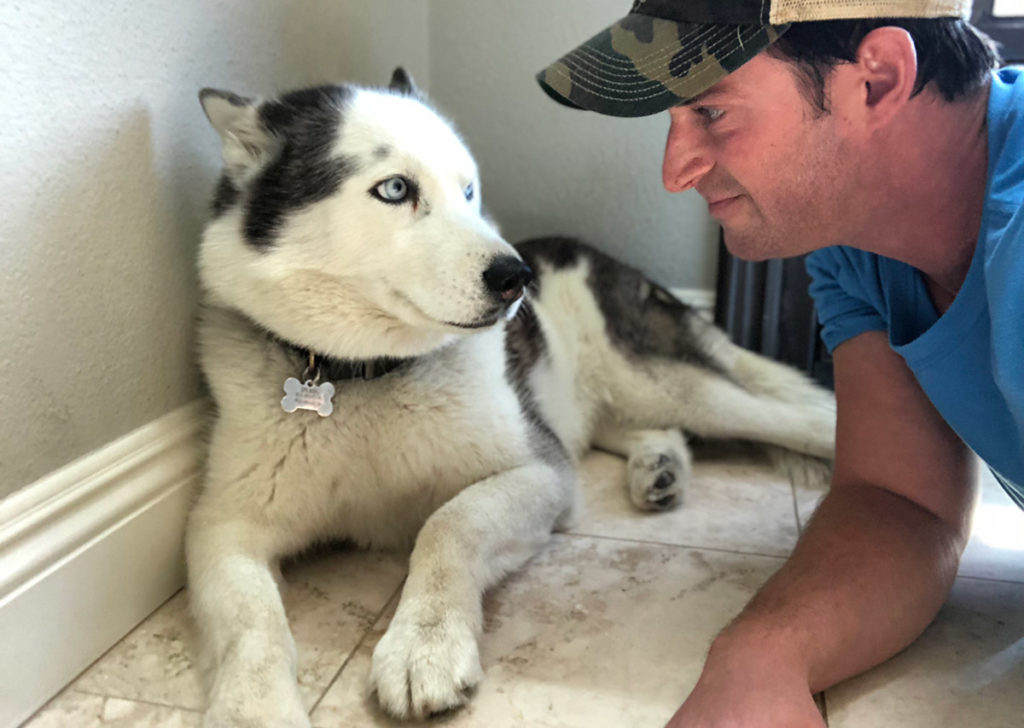anxiety in dogs natural remedies
Another approach to free your dog of the fear of being in a lonely space is to set boundaries with your pet. This can be a difficult task when you're the first to raise an infant, but if you can establish effective boundaries, curing dog separation anxiety easily and also successful. An easy way to define a boundary line is to state that if you enter the room, the dog will receive a toy. The same goes for any time you approach furniture or other items.
Once you've found your dog's comfort level in the crate, gradually increase how long he spends outdoors. Start by introducing small amounts of time, such as a few seconds. Gradually increase the duration of time until your dog is completely relaxed. A session should last at least 20 minutes. Repeat the process at least four times a week to get the desired results. While it might take several sessions to help your dog overcome separation anxiety, it's certainly worth it over the long haul.
In the short term, try giving your dog a relaxing treat before you leave. In this is how your dog will associate leaving with the treats in a positive way. This will help him avoid getting scared if you leave the house. If you're not at home it's possible to leave some clothing in the dog's yard for him to play with. By placing a clothing item over your most loved objects can help both relieve stress and reduce separation anxiety. Also, you must exercise your dog regularly. Do various physical and mental exercises throughout the day. You can also go for walks before you leave.




